Opinion
Posted on October 19, 2015 09:34:00 PM
Sustainable Development Goals 2030 and the challenge to the next three presidents
0 0 Google +0 0
 |
The Sustainable Development Goals (SDGs), a sequel to the Millennium Development Goals (MDGs), will guide efforts to reduce poverty and improve well-being up to 2030.
There are 17 goals with 169 targets. The goals focus on poverty, hunger and food security, inequality, health, education, water and sanitation, energy, infrastructure, human settlements, sustainable resource management, peaceful and inclusive societies and global partnership. The Philippines failed in its MDGs, especially its poverty reduction target between 1990 and 2015.
|
RELATED STORIES
 M.A.P. Insights — Ma. Aurora “Boots” Geotina-Garcia: “Closing gender gaps in the APEC region”
 M.A.P. Insights — Ronald U. Mendoza:“Entrepreneurs should be the nation’s new heroes”
 M.A.P. Insights — Jaime S. de los Santos: “Peace initiatives made simple”
 M.A.P. Insights — Jose Rene C. Gayo: “Well-planned cities to help drive innovation, curb poverty”
 M.A.P. Insights — Chit U. Juan: “Diverse boards make profitable companies”
|
Let us focus on three of the SDGs — end poverty, end hunger, and reduce inequality. The three are macro-variables and easy access to benchmarking data. How does the Philippines compare with Association of Southeast Asian Nations (ASEAN) peers?
GOAL 1: END POVERTY IN ALL ITS FORMS EVERYWHERE
The World Bank estimates that the number of people living on less than $1.25 a day (referred to as extreme poverty) has halved since 1990, reaching around 1 billion people in 2011, representing 14.5% of the entire global population.
In the Asia-Pacific Region, extreme poverty fell from 58.2% in 1990 to 7.9% in 2011 and projected to further decline to 4.1% in 2015 and 1.5% in 2020.
The Philippines is a laggard in poverty reduction. In order to achieve zero extreme poverty in 2030, the country must reduce the poverty rate by 1.06% a year. Contrast that with its record (1991-2012) of 0.68% a year. It appears that the level of effort must increase by over 50%. Vietnam had the enviable record of poverty reduction of 3.23% per a year during 1993-2012.
GOAL 2: END HUNGER, ACHIEVE FOOD SECURITY AND IMPROVED NUTRITION, AND PROMOTE SUSTAINABLE AGRICULTURE
The United Nations estimates that there are about 795 million people who are undernourished, with the majority (about 780 million) living in developing countries. The proportion of undernourished people in the developing regions has been reduced by almost half since 1990. This is estimated at 12.2% in 2014-2016.
The Philippines has the highest level of underweight children among ASEAN peers at over 20%. Indonesia is a close second. To achieve zero prevalence in 2030, the Philippines and Indonesia will have to move doubly faster than their ASEAN peers.
GOAL 3: REDUCE INEQUALITY WITHIN AND AMONG COUNTRIES
Targets include to progressively achieve and sustain income growth of the bottom 40% of the population at a rate higher than the national average.
The Gini index is a measure of income distribution within a country. A Gini coefficient of 0 indicates perfect equality, and an index of 100 indicates perfect inequality.
The Philippines, along with richer Malaysia, has the highest Gini index. To achieve the index for Thailand which succeeded in reducing its inequality, the index must decline by 0.36 per year. It is a challenge as Thailand only achieved a decline of only 0.30 a year. The threat is that Philippine Gini could even worsen.
Moving forward. Extreme poverty reduction must be the utmost priority. Given that nearly three-quarters of the 25.8 million poor (out of 100 million) are in the rural areas, agriculture productivity needs to be raised to comparable ASEAN levels. A productive agriculture and fishery translate into higher incomes and jobs.
Irrigation, farm-to-market roads and post-harvest facilities are important but they can be motherhood statements. The economic managers must analyze value chains of each crop and identify the competitiveness gaps. Then investments and interventions must be made where the highest impact on rural poverty will be.
Moreover, public policies must enable private investments to energize the sluggish countryside. Finally, without a meritocratic and professionalized bureaucracy, government programs will lack sustained continuity unlike those of ASEAN peers.
(The article reflects the personal opinion of the author and does not reflect the official stand of the Management Association of the Philippines or the M.A.P.)
Rolando T. Dy is the Vice Chair of the M.A.P. AgriBusiness and Countryside Development Committee, and the Executive Director of the Center for Food and AgriBusiness of the University of Asia & the Pacific.

